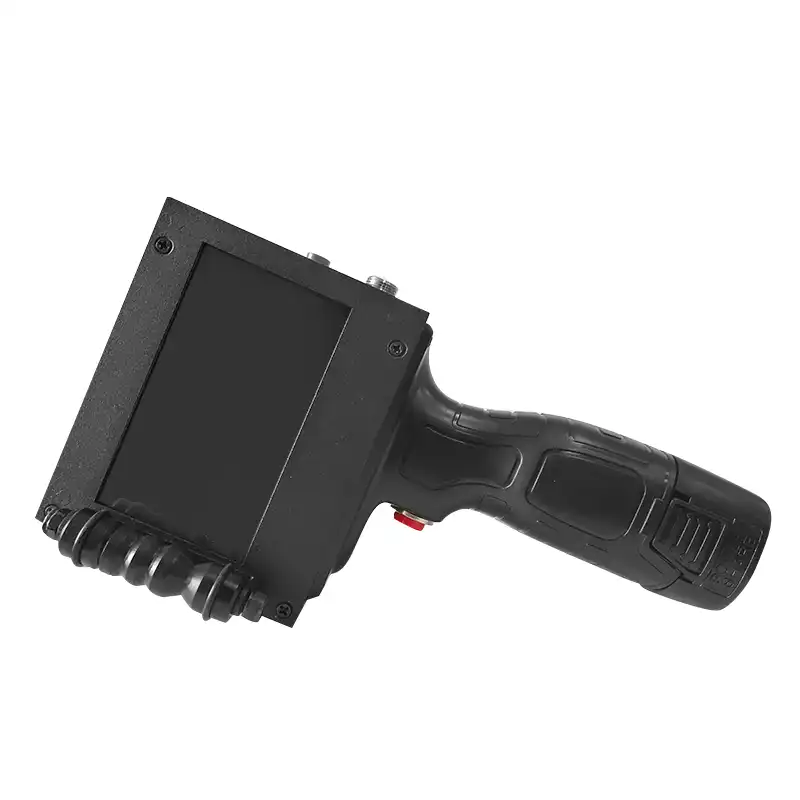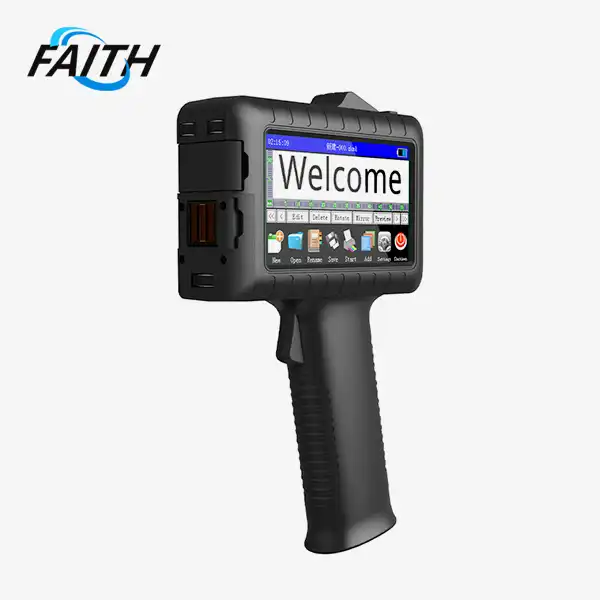Piezo Inkjet Printing: Revolutionizing Product Labeling in Manufacturing
In the ever-evolving landscape of manufacturing, product labeling plays a crucial role in ensuring traceability, authenticity, and brand recognition. As industries strive for greater efficiency and precision, PIJ/Piezo Inkjet printers technology has emerged as a game-changer, revolutionizing the way products are labeled across various sectors. This innovative approach to product marking offers unparalleled versatility, quality, and cost-effectiveness, making it an indispensable tool for modern manufacturing processes.
The Evolution of Product Labeling: From Manual to High-Tech
Product labeling has come a long way from its humble beginnings. In the past, manufacturers relied on manual labeling methods, which were time-consuming, prone to errors, and limited in their capabilities. As technology advanced, various printing techniques emerged, each with its own set of advantages and limitations. However, the advent of Piezo Inkjet printing has ushered in a new era of precision and flexibility in product marking.
PIJ technology harnesses the power of piezoelectric crystals to deliver high-resolution, non-contact printing on a wide range of surfaces. This innovative approach has rapidly gained traction across industries, from food and beverage to pharmaceuticals and electronics. The ability to print clear, durable, and customizable labels at high speeds has made Piezo Inkjet printers an invaluable asset in modern manufacturing facilities.
The Science Behind Piezo Inkjet Printing: Precision at the Microscopic Level
At the heart of PIJ/Piezo Inkjet printers technology lies a fascinating interplay of physics and engineering. The core component of a Piezo Inkjet printer is its piezoelectric nozzle, which contains a piezoelectric crystal. When an electrical signal is applied to this crystal, it undergoes a rapid deformation, creating a pressure wave within the ink chamber. This pressure wave forces a precisely controlled droplet of ink through the nozzle and onto the surface being printed.
The level of control afforded by this process is truly remarkable. By manipulating the frequency and amplitude of the electrical signals sent to the piezoelectric crystal, manufacturers can achieve unprecedented accuracy in droplet size, placement, and velocity. This level of precision allows for the creation of intricate designs, crisp text, and even complex barcodes on a variety of substrates.
One of the key advantages of Piezo Inkjet printing is its non-contact nature. Unlike traditional contact-based printing methods, PIJ nozzles never touch the surface being labeled. This characteristic makes it ideal for printing on delicate or irregularly shaped products without risking damage or distortion. From fragile glass vials to uneven plastic components, PIJ printers can deliver consistent, high-quality results across a diverse range of materials and surface types.
Transforming Industries: The Impact of Piezo Inkjet Printing
The adoption of PIJ technology has had a profound impact across multiple industries, streamlining production processes and enhancing product quality. In the food and beverage sector, for instance, Piezo Inkjet printers have become indispensable for printing expiration dates, lot numbers, and nutritional information on packaging. The ability to switch between different types of inks – including food-safe and UV-curable varieties – has made PIJ/Piezo Inkjet printers a versatile solution for meeting various regulatory requirements.
In the pharmaceutical industry, where accuracy and traceability are paramount, Piezo Inkjet printing has revolutionized the way medications are labeled. The technology's high resolution capabilities allow for the printing of minute details, such as dosage information and batch codes, even on small pill bottles or blister packs. This level of precision not only enhances patient safety but also aids in combating counterfeit drugs by enabling the incorporation of advanced security features into product labels.
The electronics industry has also embraced PIJ technology for its ability to print on a wide range of materials, including plastics, metals, and circuit boards. From serial numbers on smartphone components to tracking codes on semiconductor packages, Piezo Inkjet printers offer a reliable and efficient solution for product identification and traceability in this fast-paced sector.
Beyond these specific industries, the versatility of PIJ printing has found applications in automotive manufacturing, aerospace, and even textile production. The technology's ability to adapt to different inks and substrates makes it an invaluable tool for manufacturers looking to streamline their labeling processes and improve product quality across diverse product lines.
As sustainability becomes an increasingly important consideration in manufacturing, Piezo Inkjet printing offers several environmental benefits. The precise control over ink deposition results in less waste compared to traditional printing methods. Additionally, the availability of eco-friendly ink options, such as water-based formulations, allows manufacturers to reduce their environmental impact without compromising on print quality or durability.
The integration of PIJ/Piezo Inkjet printers into automated production lines has further enhanced their value in modern manufacturing environments. With the ability to interface with various control systems and databases, these printers can dynamically update label information in real-time, ensuring accuracy and reducing the risk of human error. This level of automation not only increases efficiency but also improves overall product quality and traceability.
Looking to the future, the potential applications for Piezo Inkjet printing in manufacturing seem boundless. As the technology continues to evolve, we can expect to see even higher resolutions, faster printing speeds, and greater compatibility with emerging materials and substrates. The ongoing development of specialized inks, including those with conductive or reactive properties, opens up new possibilities for functional printing beyond mere labeling.
Conclusion
In conclusion, Piezo Inkjet printing has emerged as a transformative force in product labeling, offering manufacturers unprecedented levels of precision, flexibility, and efficiency. From ensuring regulatory compliance to enhancing brand identity, PIJ/Piezo Inkjet printers technology has proven its worth across a wide spectrum of industries. As manufacturers continue to seek innovative solutions to meet the challenges of modern production, Piezo Inkjet printing stands out as a versatile and reliable tool for revolutionizing product labeling in the 21st century.
For those interested in exploring how Piezo Inkjet printing can benefit their manufacturing processes, Shenyang Faith Technology Co., Ltd. offers cutting-edge PIJ solutions tailored to various industry needs. To learn more about our industrial UV inkjet coding and traceability system solutions, please contact us at sale01@sy-faith.com.
References
1. Wijshoff, H. (2010). The dynamics of the piezo inkjet printhead operation. Physics Reports, 491(4-5), 77-177.
2. Hutchings, I. M., & Martin, G. D. (Eds.). (2012). Inkjet technology for digital fabrication. John Wiley & Sons.
3. Hoath, S. D. (Ed.). (2016). Fundamentals of inkjet printing: the science of inkjet and droplets. John Wiley & Sons.
4. Zapka, W. (Ed.). (2017). Handbook of industrial inkjet printing: a full system approach. John Wiley & Sons.
5. Magdassi, S. (Ed.). (2009). The chemistry of inkjet inks. World scientific.
Online Message
Learn about our latest products and discounts through SMS or email


_1731649047021.webp)
